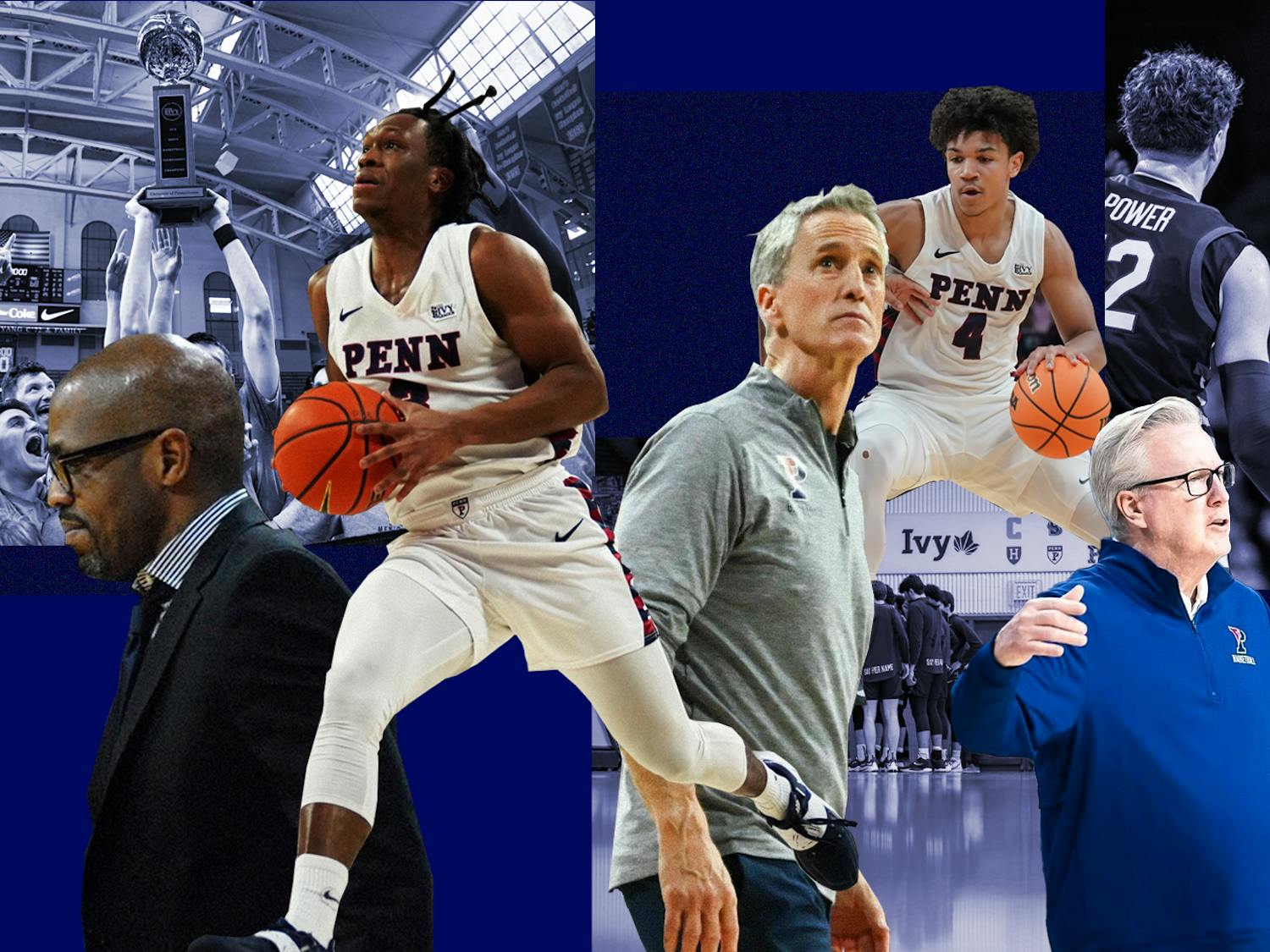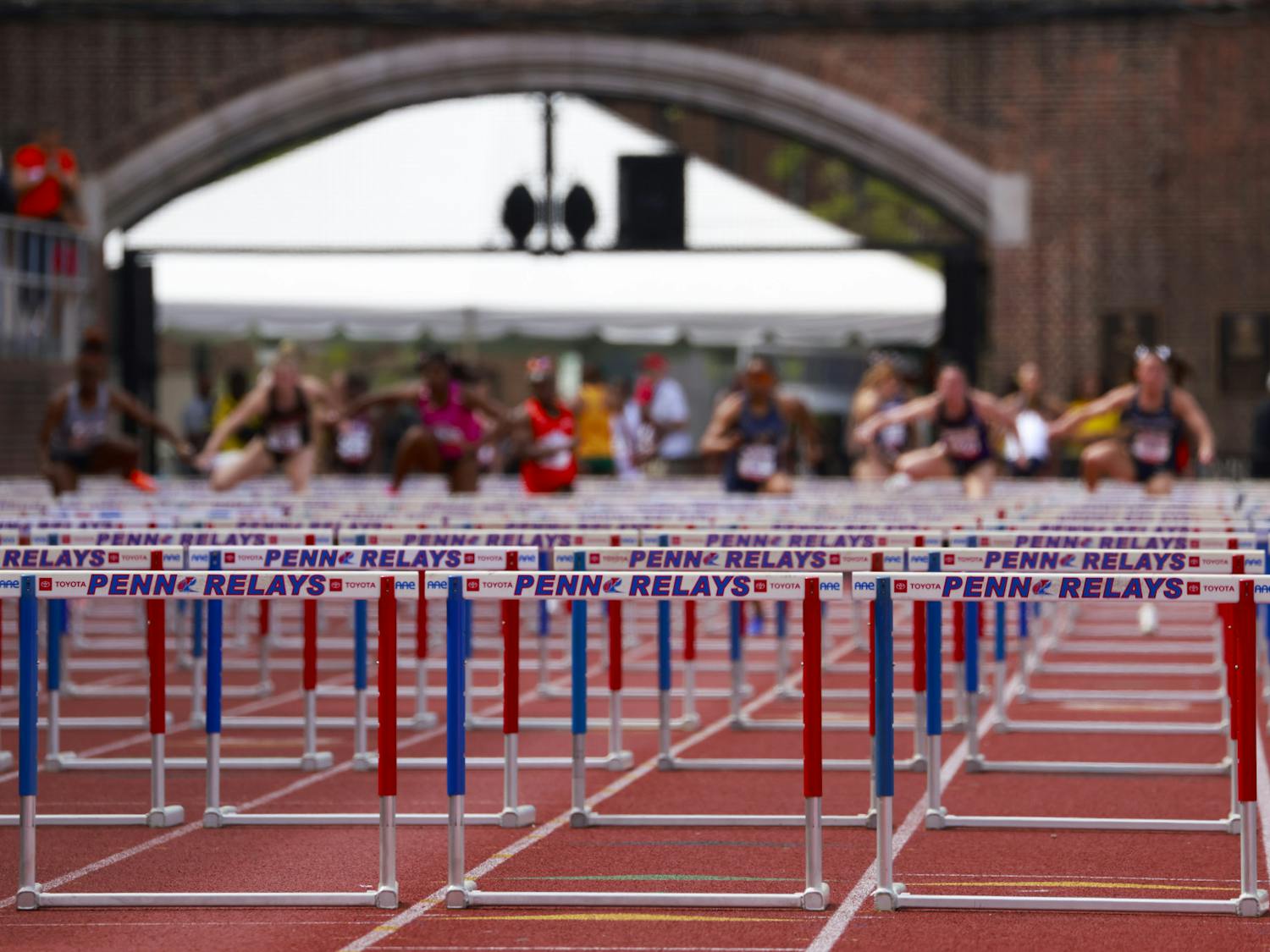Royal Mitchell heard the gun go off. He drove out of the blocks to begin his 100-meter dash Friday at the Penn Relays.
He just didn't know when to stop.
A legally blind athlete competing in the Visually Impaired 100-meter dash, Mitchell had to rely on the crowd and the officials around the track to tell him to slow down after he crossed the finish line. The cheers told Mitchell he had won the race - in 11.53 seconds.
"It's a lot of sound, a lot of just muscle memory," Mitchell said of his technique. "I really focus on my drive. Once I can see the lines, once I get a good feel for where I'm at, I run straight."
Mitchell, a Paralympic gold medallist in the same race at the 2000 Sydney and 2004 Athens games, squints his eyes to focus on the white lines on the track. He needs to squint so hard that he is basically running with his eyes closed.
That's just one technique that visually impaired runners use. Another of the five runners in Friday's race was Mitchell's friend and 2008 100-meter dash Paralympics champion Josiah Jamison, who ran tethered to guide runner Jerome Avery.
Back in 2004, Avery was a sprinter who had just missed qualifying for the U.S. Olympic team that would represent the country in Athens later that summer.
He thought he'd be watching the Olympics at home from his couch, until a colleague approached him about participating as a guide runner in the 2004 Paralympics.
Avery took that opportunity and has been working with visually impaired runners ever since -- most recently with Jamison at the Penn Relays.
"The words get shorter and shorter towards the end," Avery said of keeping up with a world champion sprinter. "I'm just yelling at him to stay straight."
Avery and Jamison say the crowd noise doesn't bother them; Avery makes sure he's "right in his ear."
There are a number of strict rules the guide runner needs to follow, the most important being that he or she must never move ahead of the visually impaired runner. Avery says that he'll slow up near the finish line to make sure he's a step or two behind Jamison.
Although Mitchell and Jamison, both 26, compete on different levels internationally based on their visual impairments, the Penn Relays provided an opportunity for the pair to go head-to-head.
But Mitchell said the win didn't feel as good because he knew that Jamison "was a little injured coming into the race."
Mitchell is responsible for introducing Jamison to running, when the pair met while attending South Carolina School for the Deaf and Blind in Spartanburg, S.C.
"I actually had a pretty, pretty rough childhood," Mitchell said of growing up in South Carolina. "My aunt wanted to put me in a bunch of different programs to cope with all that."
Mitchell was led to basketball and then to track, in which he excelled. His coach suggested he train and try out for the Paralympic team and the rest, as they say, is history.
This fall, both Jamison and Mitchell will begin taking classes at Penn State, where the pair might have another opportunity to square off in a friendly race.








